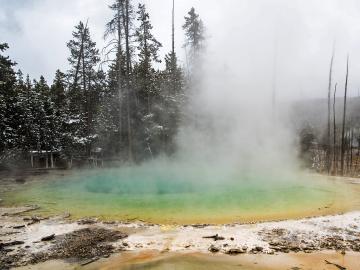
Filter News
Area of Research
News Type
Date
Media Contacts

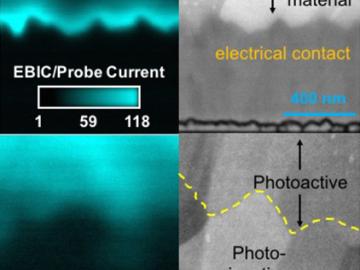
Solar cells based on cadmium and tellurium could move closer to theoretical levels of efficiency because of some sleuthing by researchers at the Department of Energy’s Oak Ridge National Laboratory.
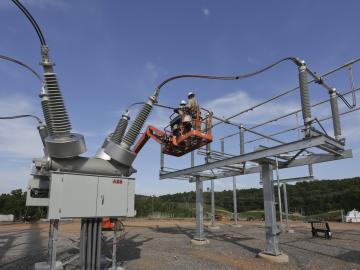
Climate and energy scientists at the Department of Energy’s Oak Ridge National Laboratory have developed a new method to pinpoint which electrical service areas will be most vulnerable as populations grow and temperatures rise.
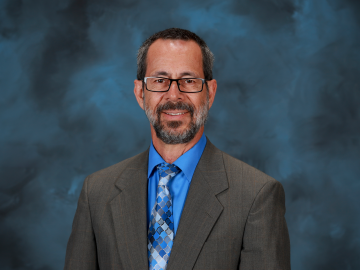
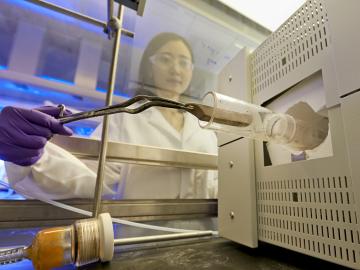
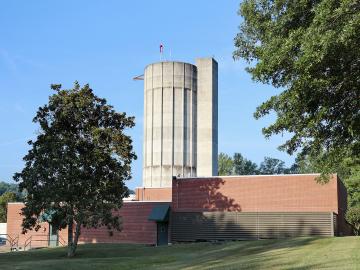

Environmental scientists can more efficiently detect genes required to convert mercury in the environment into more toxic methylmercury with molecular probes developed by researchers at the Department of Energy’s Oak Ridge National Laboratory. “We now have a quic...

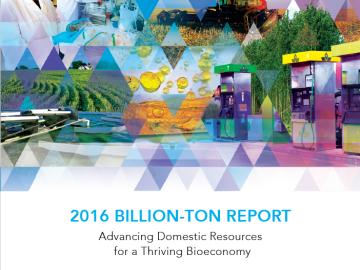
The 2016 Billion Ton Report, jointly released by the U.S. Department of Energy and Oak Ridge National Laboratory, concludes that the United States has the potential to sustainably produce at least 1 billion dry tons of nonfood biomass resources annually by 2040.
